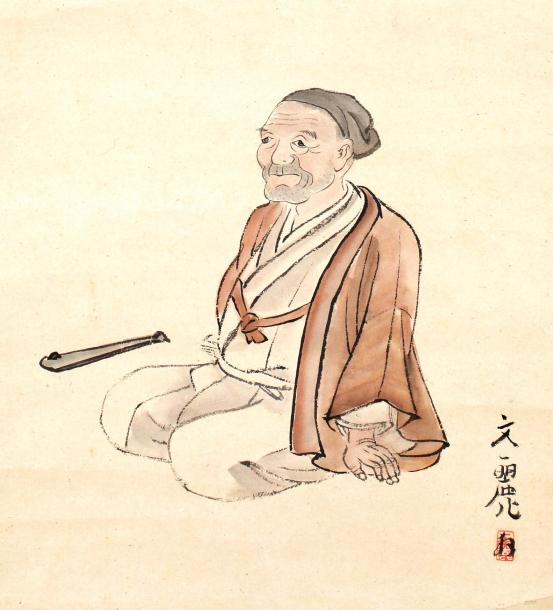‘Tales of Moonlight and Rain’, a Collection of Japanese Supernatural Stories
This collection by Ueda Akinari represents one of the most important pieces of work in 18th-century Japanese fiction.

© Public Domain
Tales of Moonlight and Rain (Ugetsu Monogatari) immerses the reader in the fantastical world of Japanese ghosts. Comprising nine tales, this book forms part of the monogatari genre, which translates as ‘stories.’ The author started writing the book in 1768, but it was not published until 1776 as Ueda Akinari wished to iron out the finest details.
Ueda Akinari, born to a courtesan and a father of unknown origin, was taken in by a wealthy merchant after his mother abandoned him in his early years. Following the death of his adoptive father, he took over his business but turned out to be lacking in business sense and decided to embark on a literary career alongside this role. This passion for writing never left him and, although he abandoned the business a few years later to go into medicine, he continued to publish books.
Spirits anchored in reality
Tales of Moonlight and Rain, considered as one of the most important works of 18th-century Japanese fiction, honours ghosts. These are not the sinister ghosts found in Western horror stories, but rather ghosts that, in Japanese culture, mix and blend in with the living. They return to the real world to find someone dear to them, honour a promise or, sometimes, to get revenge.
For his tale, Ueda Akinari took inspiration from old Japanese stories, but mainly from Chinese stories that he tinted with Japanese colours, particularly through the addition of references to nature, kami, and Buddhist and Shinto temples.
Tales of Moonlight and Rain has also inspired other artists. Kenji Mizoguchi adapted two short stories from the collection for the screen in Tales of the Wave after the Rain Moon. The film received a Silver Lion at the Venice Film Festival in 1953.
Tales of Moonlight and Rain (1776), a collection by Ueda Akinari, is published by Columbia University Press.

© Gallimard
TRENDING
-
Hiroshi Nagai's Sun-Drenched Pop Paintings, an Ode to California
Through his colourful pieces, the painter transports viewers to the west coast of America as it was in the 1950s.

-
A Craft Practice Rooted in Okinawa’s Nature and Everyday Landscapes
Ai and Hiroyuki Tokeshi work with Okinawan wood, an exacting material, drawing on a local tradition of woodworking and lacquerware.

-
The Tattoos that Marked the Criminals of the Edo Period
Traditional tattoos were strong signifiers; murderers had head tattoos, while theft might result in an arm tattoo.

-
David Bowie Dressed by Kansai Yamamoto
The English singer was strongly influenced by 'kabuki' theatre and charged the Japanese designer with creating his costumes in the 1970s.

-
‘Seeing People My Age or Younger Succeed Makes Me Uneasy’
In ‘A Non-Conformist’s Guide to Surviving Society’, author Satoshi Ogawa shares his strategies for navigating everyday life.





